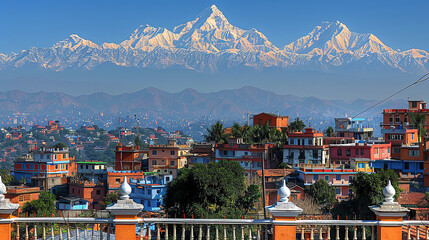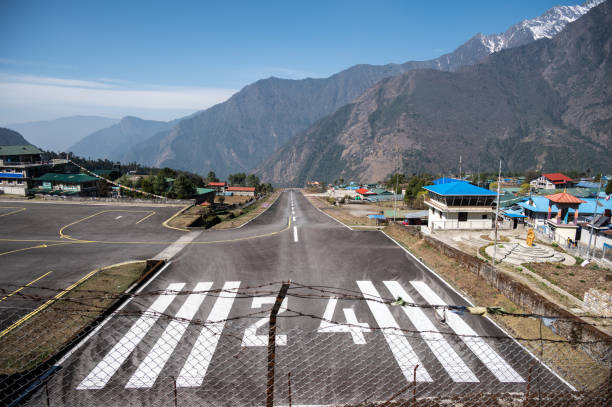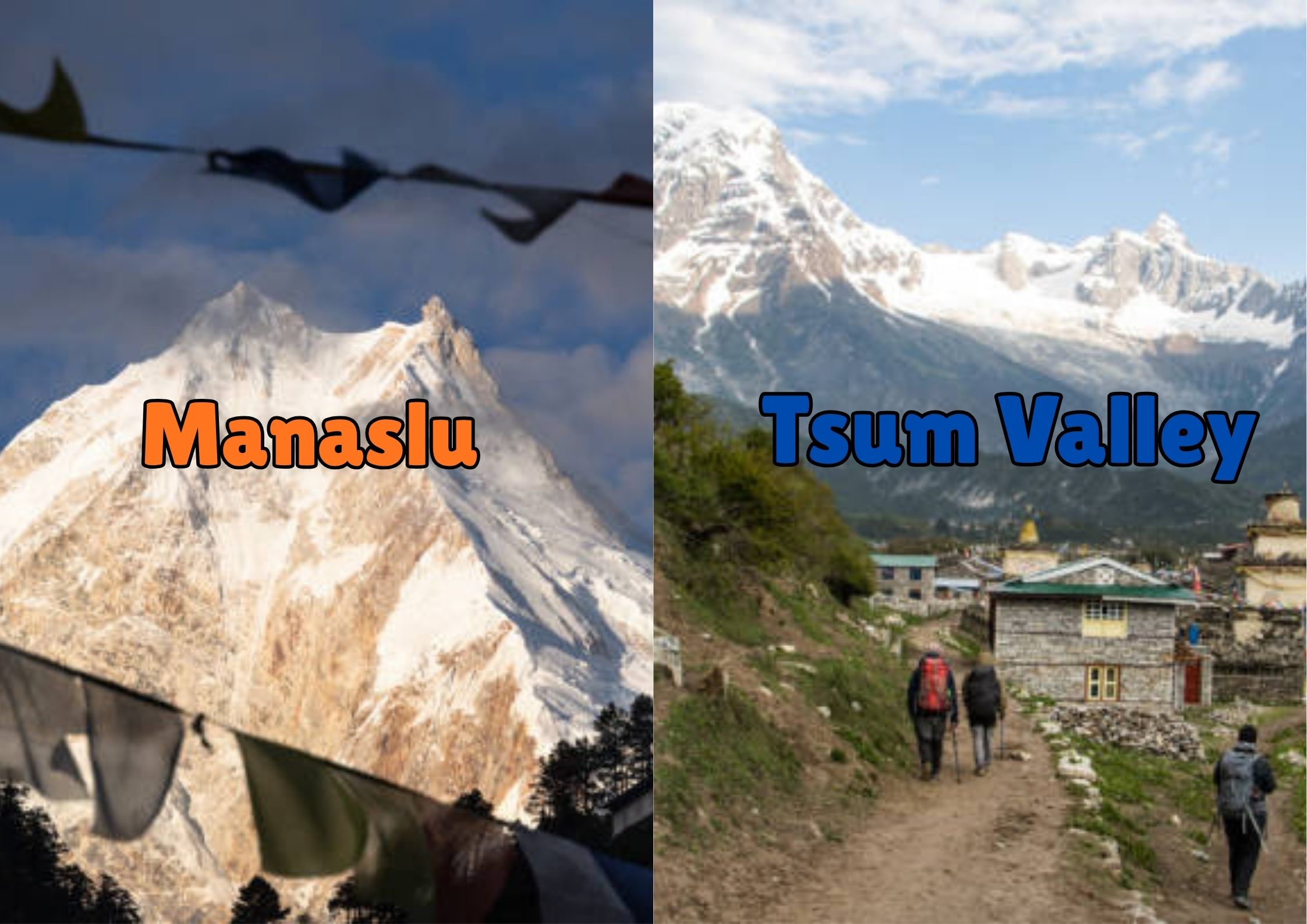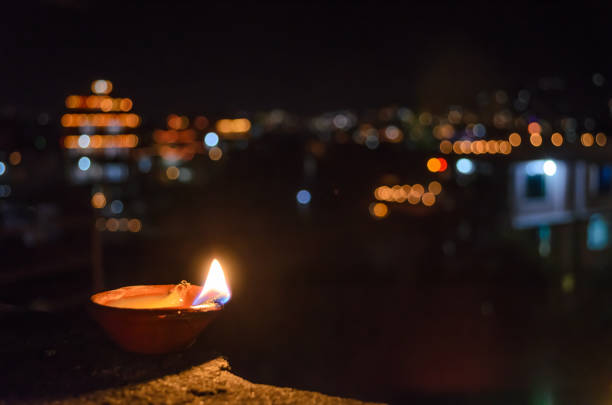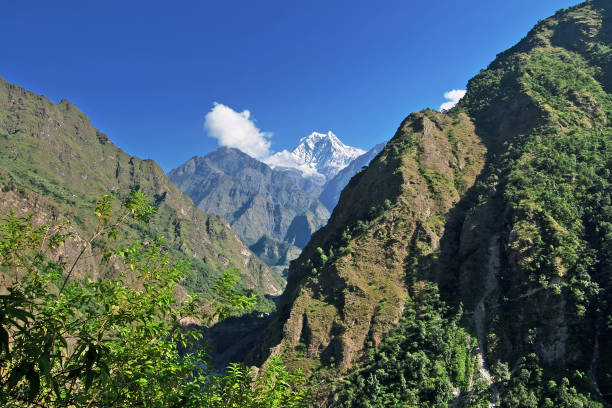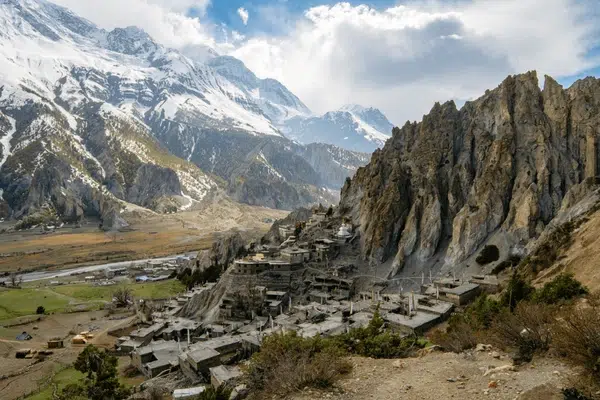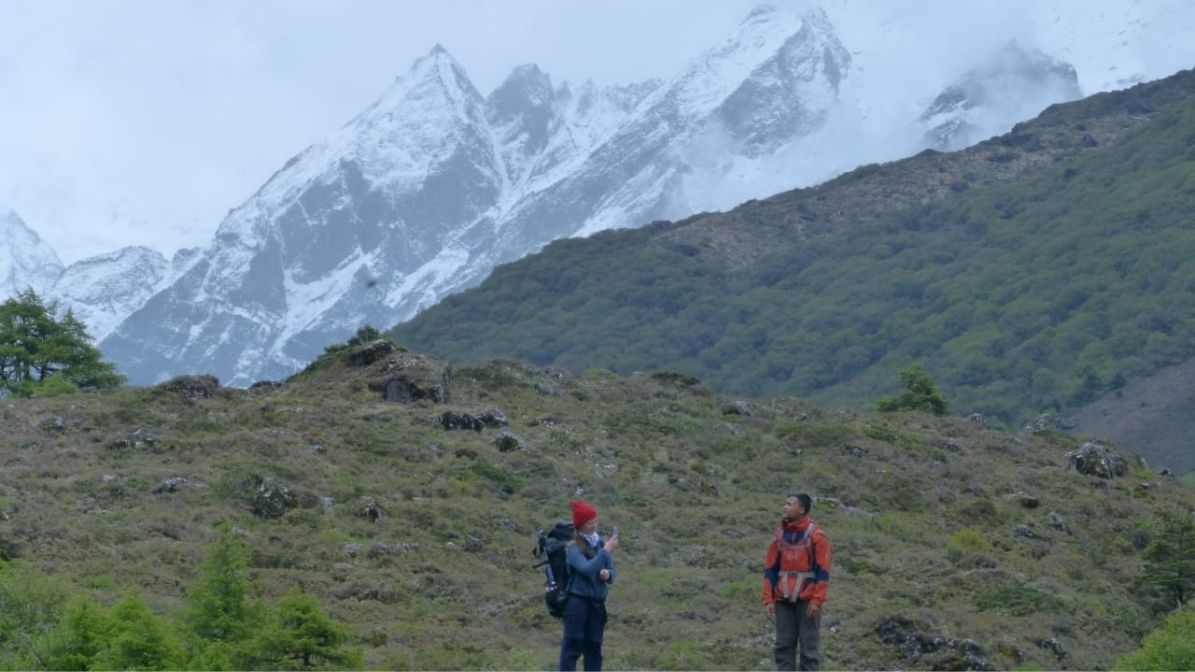Mount Kailash and Lake Manasarovar Overland pilgrimage Tour
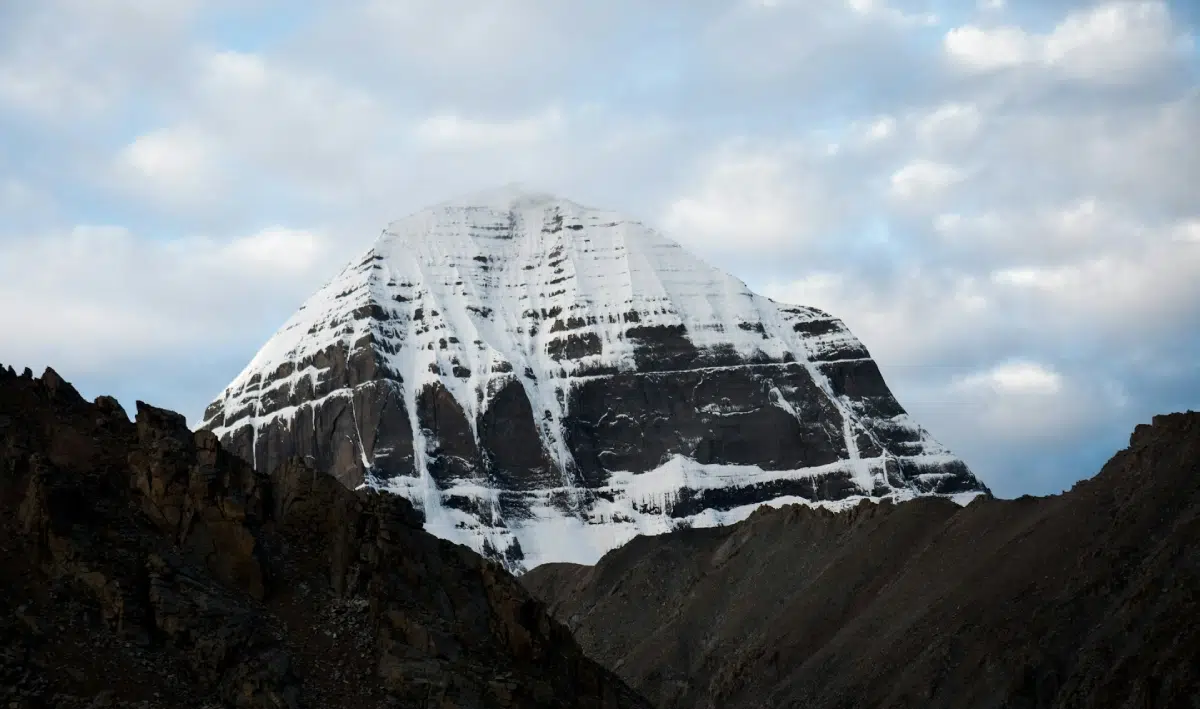
An overland tour to Mount Kailash and Lake Manasarovar is a journey that traverses the western Himalayan region of Tibet, China. This majestic mountain holds a strong spiritual belief and faith among people of different religions. For Hindus, Kailash is the home of Shiva and his wife Parvati. Buddhists see it as the center of the universe, and in Bon and Jainism, it is respected as a sacred site connected to divine beings.
Alongside, there is the wondrous Lake Manasarovar, the highest(4,600m) freshwater lake in the world. From a Hindu perspective, they refer to it as a lake of the mind created by lord Brahma. Whereas Buddhists call it the Lake of Measureless Perfection, it is believed to cleanse souls and wash away bad karma. Jains consider it to be freeing the soul from the cycle of birth, and Bon sees it as the reflection of a heavenly lake full of spiritual power.
Mount Kailash is not mark only as a spiritual symbol; it is also the root point of Asia’s most vital rivers. From its eastern slopes, the holy Brahmaputra River flows, which saturates the land across Tibet, India, and Bangladesh. The western side provides the source for the Sutlej River, which travels through the Himalayas to the plains of Punjab in India. To the north, the Indus River flows through Jammu, Kashmir, and Pakistan and mixes with the Arabian Sea. From its southern slopes, the Karnali River flows through western Nepal, becoming the Ghaghara River in India.
Every year, thousands of pilgrims visit the sacred Mount Kailash and Lake Manasarovar. Tibetan pilgrims do the Kailash kora, a spiritual walk around the mountain. Whereas Hindus call it Kailash Manasarovar yatra, believing it cleanses sins and earns good deeds. Throughout the Journey, visitors can experience the diverse landscapes, rich local cultures, and an inner sense of spirituality. This pilgrimage tour is true evidence of faith and devotion.
Our Journey to Mount Kailash
From Kathmandu valley, our Overland journey to Mount Kailash will start and end at Kathmandu. First, we will drive to the Rasuwa Kyirong border. After completing all border formalities, our next stop for the day is Kyirong town, situated at 2,700 meters. This day is crucial to acclimate your body.
Today, we will drive from Kerung to Saga, a journey that will take around 4 to 5 hours. You will stay at Saga and prepare for our next leg of our trip. Saga is a junction where heading east will lead to Lhasa while heading west will lead you to Mount Kailash and Manasarovar.
In the Morning, after a long 8 to 9-hour drive on the Tibetan Highway, we will arrive at Lake Manasarovar. You will stay overnight near the lake in a tent or lodge. The very next day, before heading to Darchen, we performed rituals at Lake Manasarovar for the success of our journey. Darchen is the place where our Kailash Kora begins and finishes. The benefits of an overland tour to Mount Kailash include acclimatizing, breathtaking landscapes, and cultural immersion.
Spiritual importance of Mount Kailash and Lake Manasarovar
Mount Kailash: sacred place
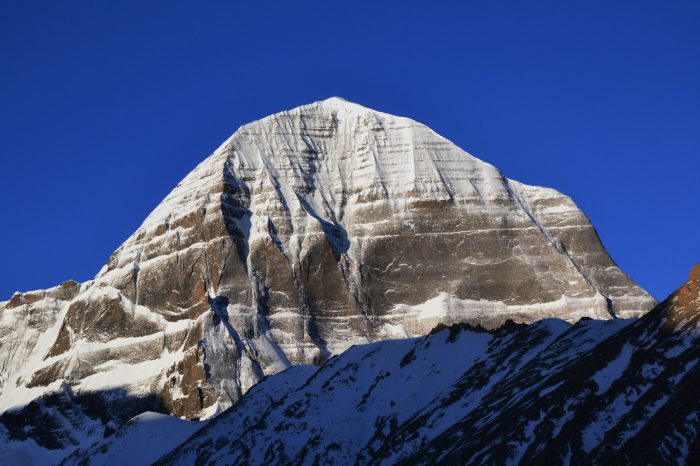
Mount Kailash, a mesmerizing peak reaching a height of 6,638m, is considered to be the cosmic center of the universe. The mountain is notable for its pristinity because no human has successfully climbed its summit. This is not due to bad weather conditions or challenging terrain. Instead, religious beliefs and rules were enforced by the Tibetan government, not to disturb its sacred peace. Visiting Kailash can make you feel its aura and profound divine power.
Its Importance in Hinduism, Buddhism, Jainism, and Bon:
- Hinduism: From the Hindu context, they see Mount Kailash as the home of lord shiva. They recognize him as the destroyer and transformer of the world. All life thrives in this universe, with Shiva as its source. Hindu pilgrims believe that a journey to Kailash can erase sins and grant liberation.
- Buddhism: Among the Buddhist followers, Mount Kailash is considered to be the abode of Demchog (Chakrasamvara). In addition to this, a Buddhist monk named Milarepa, a renowned Tibetan yogi, has meditated in its caves. Buddhist philosophies hold that circumambulating around the mountain is a path to enlightenment.
- Jainism: In Jainism, Mount Kailash is identified as Ashtapada. The place where their first Tirthankara, Rishabhannatha, got liberation. Jain people visit this site seeking enlightenment and purification.
- Bon: Within the indigenous Bon religion of Tibet, they refer to Mount Kailash as a nine-story swastika mountain. And according to their spiritual leader, Tonpa Shenrab Miwo. The place is scary, where spirits live and where the universe’s power is located.
The Concept of Kora (Circumambulation) and its Spiritual Benefits:
The kora or parikrama of Mount Kailash is the ritual circumambulation of this holy mountain. This journey of circumambulation, which is 72 km long, is not just a test of physical endurance but as an insightful spiritual experience. Doing this kora can cleanse the accumulated sins, purify the soul, and bring immense spiritual virtue. It’s believed that, if one has completed the 108 koras, they will get instant nirvana (liberation).
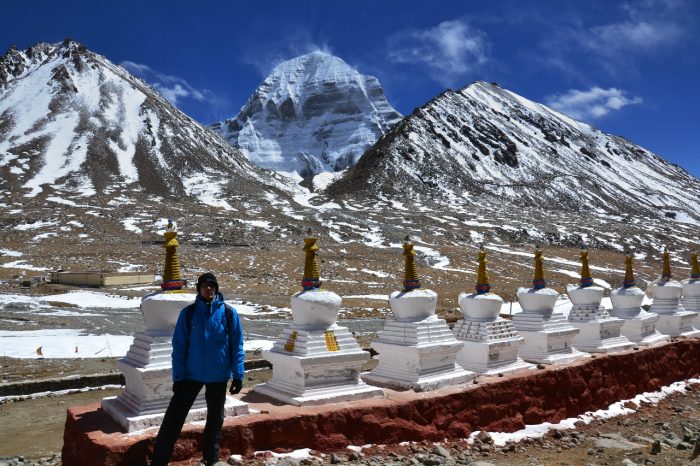
Generally, Hindus and Buddhists undertake this kora clockwise and will complete it in just three days, whereas others take longer. The interesting fact is that this kora is counterclockwise. This high altitude and difficult terrain is a testament of faith and one connection to the divine.
Lake Manasarovar: Holy lake
Lake Manasarovar, situated at 4600m, situated below Mount kailash, is a beautiful, freshwater, turquoise lake. This lake is valuable not just for its stunning looks, but also, it holds significant meaning for different religions. Considered a holy lake, a quick dip in its cold water can wash away sins, cleansing souls and opening a path to spiritual freedom.
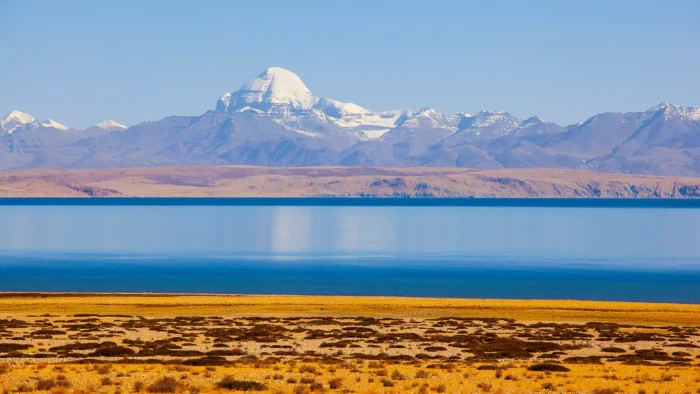
Apart from spiritual tales, its pure, clear, super cold water sourced from glaciers has healing powers for both body and mind. So, visitors often take some water with them for good health and luck. This lake’s colors change throughout the day and with the seasons. You can witness this phenomenon during the Manasarovar visit. In brief, Mount Kailash and Lake Manasarovar stand as symbols of faith and personal spiritual journeys.
The sacred Kailash kora trek
Day 01: Darchen to Derapuk Monastery
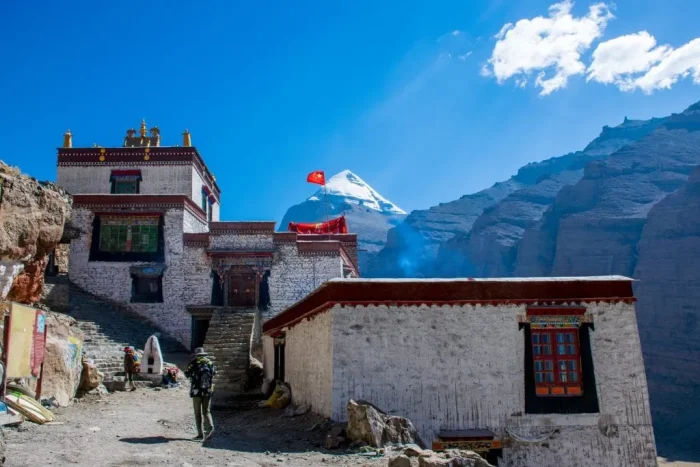
Today begins our spiritual journey encircling Mount Kailash, known as the kora. This 13 km trek, which takes around 6 hours from Darchen to Derapuk Monastery, is filled with excitement and spiritual reverberance. Darchen offers marvelous views of towering peaks. Our sacred journey to Mount Kailash begins with a short bus ride from Darchen to Yama Dwar. Known as the “Gateway of the god of death” in Hinduism and Buddhism. The starting point of the Kailash Kora trek gives a magnificent view of Mount Kailash’s northern face. Entering through the Yama Dwar feels like stepping into another realm, and you will undoubtedly feel the energy of this place. At night, we will stay at a local guest house in Derapuk, where the people are very welcoming and friendly.
Day 2: Dirapuk to Zutulpuk
After an early breakfast, we’ll kick off our trek. The hike is quite challenging, involving about 3 to 4 hours of steady uphill walking and then roughly 2 hours of descending to reach the foot of Mount Kailash at 5,670 meters. Along the way, you might catch sight of Tibetan blue sheep grazing on the slopes or see rivers flowing straight from nearby glaciers. Because Mount Kailash is so sacred, climbing all the way to the top isn’t allowed. Legend has it that only Yogi Milarepa has ever managed to reach the summit.
Day 3: The Ultimate Challenge – Crossing Dolma La Pass
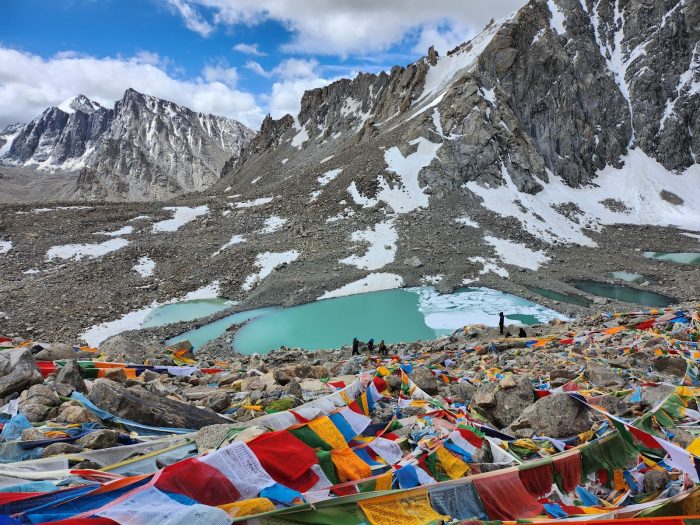
Waking up with Mount Kailash towering right behind our guesthouse made for a surreal experience, especially given the challenge ahead: crossing the formidable Dolma La Pass at 5,670 meters (18,602 feet). This hike near Zutulpuk Monastery, around 20 to 25 kilometers, became the longest and most demanding one that we have attempted. Bright green environments, bright blue skies, and Kailash majestically watching us were completely stunning as we started a steep climb over several passes. We made a decision to begin our kora adventure. Along the way, fellow pilgrims inspired this decision.
After we crossed Dolma La, our descent started. We passed by the sacred Gauri Kund lake, so we stopped for some tasty Tibetan tea at a local guesthouse. Then, we did enjoy a walk that was peaceful and downhill. The beauty of the valley made for an even better time. On the trail for nearly nine hours, we finally arrived at Zhuluk Monastery because we were exhausted but happy, and we settled into our room with that incredible mountain view that made everything worthwhile.
Day 4: The Final Stretch – Back to Darchen
- Today marked our final day on the Kora. After saying goodbye to the trail, we’ll head back to Darchen and then begin our long journey home. We started our last 7 km trek right after an early breakfast. You’ll love the peaceful walk downhill along that stunning river. Along the way, you can see fellow pilgrims finishing up their last prostrations, completing the sacred circuit. The official end of our Kora was at a remote tea house, and from there, we continued all the way to Darchen. It was truly a spiritual experience. Crossing those high passes and completing the Kora was nothing short of magnificent.
Essential Preparation for Your Mount Kailash Overland Tour
Visa and Permits
-
Chinese Group Visa
- If you are a traveler from outside China and want to enter Tibet overland from Nepal to Kailash, you have to obtain this visa.
- It is not a common single-entry visa, stamped individually, but in the form of a group visa foiling for all in the tour group.
- Most of the tour groups require at least five persons, whereas in some other cases, it can be changed as per the requirements of the tour operator.
- All should go in and out of China as one group–no breaking up once you have arrived there.
- It is not your country that issues this visa but from the Chinese Embassy in Kathmandu.
- Normally, it is valid for about 15 to 30 days and may allow one entry only.
-
Tibet Travel Permit (TTP)
- This is the must-have document for all foreign visitors to Tibet.
- The office authorized to issue such a document is the Tibet Tourism Bureau, Lhasa.
- However, only specialized Chinese travel agencies are entitled to process this permit.
- In your endeavor to travel to Tibet, whether by air, train to cross the border, a permit will be necessary.
- The permit clearly states the entry point as well as the dates of traveling and the destinations to visit.
-
Alien’s Travel Permit (ATP)
- If you want to visit restricted areas of Tibet like Mount Kailash or Lake Manasarovar, then this paper is a must.
- It is awarded after one has reached Lhasa in Tibet by the Public Security Bureau of Tibet.
- Most of the time, your travel agency or tour guide should be in a position to process it for you.
-
Military Permit
- You’ll need this permit if you plan to visit sensitive border areas like Ngari, where Mt. Kailash is located.
- The permit is issued by the Military Authority in Lhasa.
- To get one, you must go through an authorized travel agency – no exceptions.
- Keep in mind, it usually takes about 10 to 15 working days to process your application.
-
Foreign Affairs Permit
- You might need this permit alongside the Military Permit, especially depending on your nationality.
- It’s necessary when you’re traveling to regions that are diplomatically sensitive.
- You’ll get it from the Foreign Affairs Office located in Lhasa.
- Don’t worry, your travel agency will handle all the paperwork for you.
Health and Acclimatization
Physical Fitness
Pre-trip Training:
- Do cardiovascular exercises, hiking, jogging, and cycling to build stamina.
- Strength training for legs, core, and upper body. Flexibility exercises, such as stretching or yoga so as not to get injured.
Medical Clearance:
- See a doctor before traveling if pre-existing conditions exist in you.
- Obtain a fitness certificate where required while traveling in high altitudes.
Altitude Sickness (AMS)
Understanding symptoms
- Proper knowledge of altitude sickness will help you know the problem at its starting point. These include headaches, nausea, weakness, and fatigue or loss of appetite.
- If it gets worse, it might lead to severe conditions such as HAPE or HACE.
Prevention
- Ascend gradually–remember the rule: climb high, sleep low.
- Keep well-hydrated, and avoid alcohol and smoking while ascending.
- Take time at intermediate elevation for your body to acclimatize.
Medications & Support
- Diamox (Acetazolamide)- for acclimatization (doctor’s advice is essential).
- Portable oxygen or pulse oximeter for emergencies.
Medical Facilities in Tibet
- Tibet has both well-equipped clinics as well as hospitals for providing emergency care for access to oxygen therapy.
- Tour agencies and hotels often give AMS support or medical referrals.
- Travel insurance should be carried by you, and it should cover high-altitude illness, including evacuation.
Hygiene and Sanitation
Facilities
- Basic or no toilets in remote or high altitude areas.
- Pit toilets, bio-toilets, and open-air sites will have to be used for Personal Hygiene.
Essentials
- Biodegradable wet wipes, hand sanitizer, and toilet paper.
- Use soap sheets or waterless body wash for personal cleaning.
- Bring yourself biodegradable wet wipes, hand sanitizer, and toilet paper.
Packing List for Lhasa
- Clothing:
- Base layer: Same thermal innerwear as a base layer for cool mornings.
- Mid layer: Fleece or synthetic insulation jacket, or for climbers – the light down jacket.
- Outer layer: Hardshell, a windproof and waterproof jacket (in case of rain).
- Comfortable pants: Quick-dry trekking trousers.
- Shirts/t-shirts: Lightweight shirts or t-shirts for day-wearing are preferable to be breathable and moisture-wicking.
- Footwear
- Well-worn hiking boots: Especially useful if acclimatization treks are planned around Lhasa.
- Comfy sports shoes: Most suitable for wandering markets, monasteries, and city streets.
- Camp shoes/slides: For indoors or hotel use.
3.Essentials
- A headlamp or torch helps with early starts. Also, it may assist during power failures.
- Sunglasses with high UV protection at this altitude are truly necessary.
- A wide-brimmed hat or cap protects one against the sun during the day.
- Sunscreen may well be suitable for sun exposure at a high altitude.
- Include altitude sickness medication like Diamox, headache medicine, band-aids, etc. This is for your first-aid kit.
- Regular medications: Do bring any prescription drugs if you have a full supply.
- Toiletries include shampoo, biodegradable soap, toothpaste, toothbrush, etc.
- For hygiene, especially within public restrooms: Hand sanitizer & wet wipes.
- Face mask: useful for dust.
- Use either a camera or a smartphone. They are perfect for capturing Lhasa’s temples, palaces, as well as markets.
- Though electricity is reliable then extra batteries and a power bank are important on excursions.
- Use a refillable water bottle to hydrate. Also, bottled mineral water is easy to get.
- Bottled mineral water.
- Those feeling effects from altitude may request to carry oxygen cylinders.
Best Time to Visit Kailash Manasarovar Pilgrimage Tour
The best time to do the Kailash Manasarovar Yatra is usually from May to October. The weather’s pretty good then, and you’ll get clear skies, which makes the whole trip way better. If you don’t mind some rain and like it warm, June through August could work. Everything looks super green then. It might rain in some parts of the Himalayas, like during the monsoon, but Tibet usually stays pretty dry.
If you’re on a spiritual path, try to go during the Saga Dawa Festival in May or June. Buddhists think all the events at Mount Kailash are really important. If you’d rather have cooler weather, less crowded spots, and awesome mountain views, September to October is the ideal time to visit. The skies are usually clear then, so you’ll see some amazing stuff. Just remember, no matter when you go, mountain weather can change fast, so be ready for anything.
Accommodation and Food
Particularly on the Kora circuit, you will find rather basic accommodation in the form of guesthouses or camps with tents. Luxury is not to be expected since these places are all about providing a roof over one’s head after a long day’s walk. Beds are basic and baths are shared, and quite straightforward in their approach. In larger towns like Darchen, some slightly nicer hotels do exist, offering more comfort.
Mostly, food options are Nepali or Tibetan, with common staples, rice and noodles, and hearty soups such as Thukpa and Thenthuk, and dumplings known as Momo. With you going to really remote areas, food safety will be a really huge thing to ensure.
The tour operator should make certain that the meals are prepared by experienced cooks who have an idea regarding high altitude food preparation, along with good hygiene, which needs to be maintained. Boiled or bottled water should be provided, and never take raw veggies or anything that isn’t thoroughly cooked.
Communication
Expect limited network connectivity on your Kailash tour. Some signals may be available in places like Darchen or Saga, but once you are out on the Kora, chances are that you will not have many mobile networks, even if international roaming is activated on your home SIM; it might work off and on, but do not depend on it. You cannot use WhatsApp or Facebook in Tibet because of Chinese restrictions on the internet, so perhaps you can use WeChat to contact the locals there.
Getting in touch with the guides is important, as they are the main point of contact and will have emergency communication gadgets if need be. It’s a good idea to talk about communication plans with your guide at the beginning of the trip.
Money and Expenses
Chinese Yuan (CNY) is the local currency. It is recommended that you carry enough cash for your personal expenses, as in many remote areas ATMs are few and far between.
Tipping: It is a common way of appreciating guides and porters for their hard work and support throughout the trip. Your tour operator will advise you on how much to tip.
You will also have to budget for any unforeseen costs. These may crop up as and when things happen beyond the control of a traveler, like natural disasters that may delay one and call for extra accommodation or transportation. Lost items or personal medical needs can also bring in extra costs. Make sure that you have full travel insurance, comprising high-altitude trekking, medical emergencies, and emergency evacuation.
Cultural Etiquette and Respect
Tibet is one of the most spiritual places in the world, so it is very important to bear in mind the local customs while you are there. People would really appreciate it if you dress modestly, especially when you visit monasteries or holy sites.
Always ask permission before taking photographs of people, particularly monks or anybody involved in any religious practices. Also, best not to touch any religious items as a mark of respect.
When one enters monasteries, one would do well to remember to take off his shoes if someone asks one to, talk softly, and not touch anything. It also really boosts connections with people and makes interaction very friendly if one can learn a few Tibetan words, such as “Tashi Delek,” which means “hello” or “best wishes.”
Safety and Support
Safety is always a first priority during the Kailash Kora trek. So being with the experienced guides, who support in that difficult terrain, is best. Should have knowledge about the signs of altitude sickness and know the local environment. They will take care of your health and acclimatization, also providing basic medical facilities if needed.
It is mandatory to know the emergency contact details. However, the guide or tour leader carries essential objects such as oxygen cylinders and first aid kits. Kailash is tightly regulated for helicopters, so during the journey, it is better to have travel insurance to cover any kind of uncertainties. Always pay attention to your guide’s instructions, and don’t hesitate to speak up if you’re feeling unwell or notice any symptoms of weakness.
Conclusions
Mount Kailash Kora isn’t about physical endurance, yet it is a profound connection of physical and spiritual self to the vast cosmos. The magnificent mountain and its legendary stories define the sacredness of this place. Plus, Hospitable local people create lifelong memories on this journey.
Being part of this pilgrimage tour is a grand chance and an opportunity you’ll never forget. The memories you make and the peace of mind you feel are priceless.
Mount Kailash draws visitors from around the world with its timeless beauty and spiritual allure. Every step of this journey narrates its own story in this Pilgrimage tour. Make your journey unforgettable and comfortable with Planholidays Travels and Tour Pvt. Ltd. We’re dedicated to making sure your trip is safe and filled with wonderful moments.

